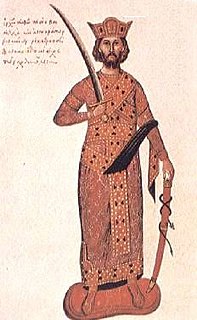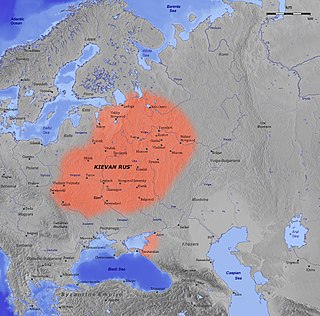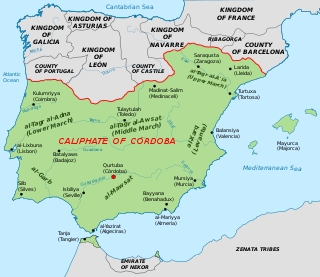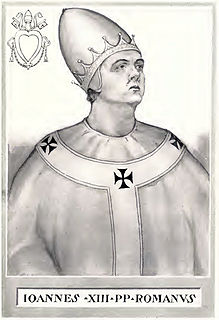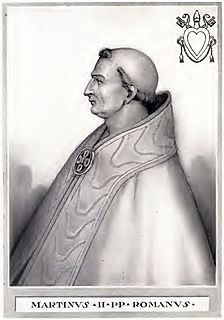This article needs additional citations for verification .(December 2017) |
| Millennium: | 1st millennium |
|---|---|
| Centuries: | |
| Decades: | |
| Years: |
| 972 by topic |
|---|
| Leaders |
| Categories |
| Gregorian calendar | 972 CMLXXII |
| Ab urbe condita | 1725 |
| Armenian calendar | 421 ԹՎ ՆԻԱ |
| Assyrian calendar | 5722 |
| Balinese saka calendar | 893–894 |
| Bengali calendar | 379 |
| Berber calendar | 1922 |
| Buddhist calendar | 1516 |
| Burmese calendar | 334 |
| Byzantine calendar | 6480–6481 |
| Chinese calendar | 辛未年 (Metal Goat) 3668 or 3608 — to — 壬申年 (Water Monkey) 3669 or 3609 |
| Coptic calendar | 688–689 |
| Discordian calendar | 2138 |
| Ethiopian calendar | 964–965 |
| Hebrew calendar | 4732–4733 |
| Hindu calendars | |
| - Vikram Samvat | 1028–1029 |
| - Shaka Samvat | 893–894 |
| - Kali Yuga | 4072–4073 |
| Holocene calendar | 10972 |
| Iranian calendar | 350–351 |
| Islamic calendar | 361–362 |
| Japanese calendar | Tenroku 3 (天禄3年) |
| Javanese calendar | 873–874 |
| Julian calendar | 972 CMLXXII |
| Korean calendar | 3305 |
| Minguo calendar | 940 before ROC 民前940年 |
| Nanakshahi calendar | −496 |
| Seleucid era | 1283/1284 AG |
| Thai solar calendar | 1514–1515 |
| Tibetan calendar | 阴金羊年 (female Iron-Goat) 1098 or 717 or −55 — to — 阳水猴年 (male Water-Monkey) 1099 or 718 or −54 |

Year 972 ( CMLXXII ) was a leap year starting on Monday (link will display the full calendar) of the Julian calendar.




